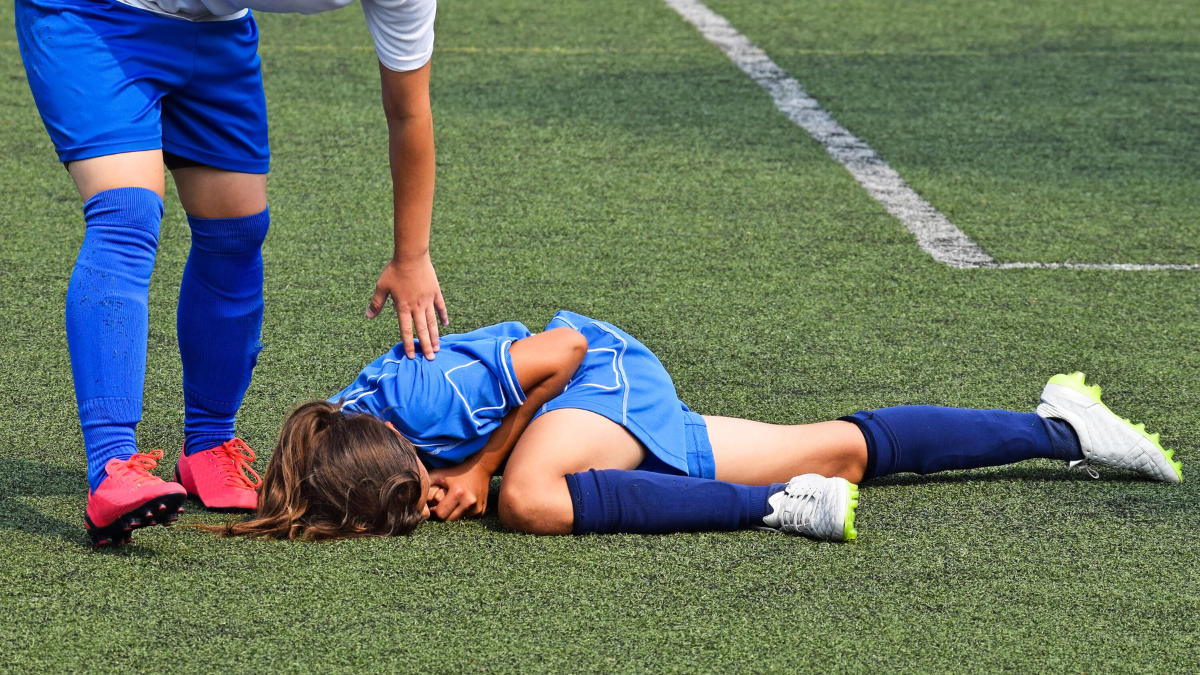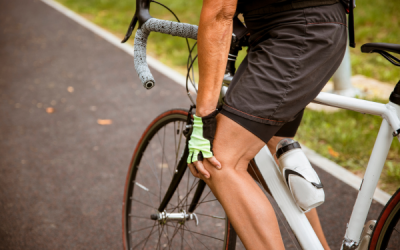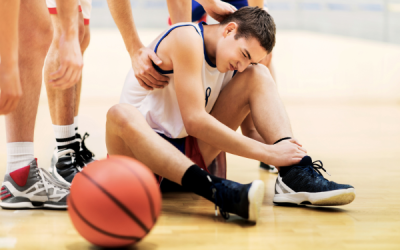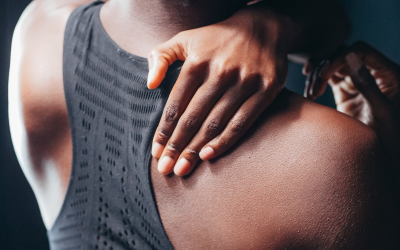Football is a physically demanding sport, and shoulder injuries are common with the high levels of contact involved. The shoulder joint is particularly vulnerable because of its wide range of motion and the force it absorbs during tackles and collisions. At Tennessee Orthopedic Alliance, we see a variety of football-related shoulder injuries, and understanding the treatment and recovery options is key to helping athletes return to the field safely.
Common Shoulder Injuries in Football
Football’s most frequent shoulder injuries include dislocations, rotator cuff, shoulder fractures, and labral tears. These injuries often occur during direct impacts, such as tackles or falls, when the shoulder is forced into an unnatural position.
A shoulder dislocation happens when the upper arm bone pops out of the socket. This injury is typically excruciating and requires immediate medical attention. Once a dislocation occurs, the shoulder is more likely to experience future instability, increasing the risk of further dislocations.
Rotator cuff tears are another common injury, often caused by repetitive overhead movements or sudden trauma. The rotator cuff is a group of muscles and tendons that help stabilize the shoulder. When these tissues are damaged, athletes experience pain, weakness, and difficulty lifting the arm.
Labral tears, which involve damage to the cartilage surrounding the shoulder socket, can result from repetitive stress or a single traumatic event. Labral injuries can lead to instability, limited range of motion, and shoulder pain during activity.
Treatment Options for Shoulder Injuries
Treatment for shoulder injuries varies depending on the severity of the injury and the specific structures involved. Mild injuries, such as sprains or minor strains, can often be managed with non-surgical approaches. Rest, ice, and physical therapy are standard components of conservative treatment, helping reduce inflammation and restore strength and mobility in the shoulder.
For more severe injuries, such as complete rotator cuff tears or recurrent shoulder dislocations, surgical intervention may be necessary. In these cases, the goal is to repair damaged tissues and restore stability to the shoulder joint. Advances in arthroscopic surgery allow for minimally invasive procedures that reduce recovery time and improve outcomes.
In cases of labral tears, surgery may be required to reattach the torn cartilage to the shoulder socket. This helps restore normal movement and stability in the shoulder. Your orthopedic specialist will work with you to determine the best course of treatment based on your specific injury, lifestyle, and long-term athletic goals.
The Recovery Process
Recovering from a shoulder injury requires patience and a structured rehabilitation plan. The timeline for recovery depends on the nature and extent of the injury and whether surgery is needed. In the early stages of recovery, the focus is on managing pain and reducing inflammation. Immobilization of the shoulder with a sling or brace is often necessary to allow the joint to heal properly.
Physical therapy plays a crucial role in the recovery process. Therapy aims to gradually restore range of motion, rebuild strength in the shoulder muscles, and improve overall stability. Exercises start with gentle movements to avoid overstressing the injured tissues and progress to more advanced strengthening and functional drills as the shoulder heals.
The rehabilitation timeline may be extended for athletes recovering from shoulder surgery over several months. Consistency with physical therapy and following your surgeon’s guidelines are critical to successful recovery. Returning to football too soon can increase the risk of reinjury, so it’s important to progress gradually and receive clearance from your orthopedic specialist before resuming total activity.
Getting Off the Bench
After a shoulder injury, football players are eager to get back to the game. However, ensuring a safe return is essential for long-term success. Your orthopedic team will assess your progress throughout rehabilitation and determine when it’s safe to resume play. This process includes testing strength, stability, and range of motion to ensure the shoulder can handle the demands of football.
Strength training and flexibility exercises are essential even after returning to the field. These exercises help protect the shoulder from future injuries and maintain optimal performance throughout the season. Proper warm-up techniques, focusing on shoulder mobility and strength, are also essential for reducing the risk of reinjury during games and practices.
At Tennessee Orthopedic Alliance, we are committed to helping athletes recover from shoulder injuries and return to play safely. Our team of specialists provides expert care and personalized treatment plans to support your recovery every step of the way. Book an appointment with TOA today for more information.




